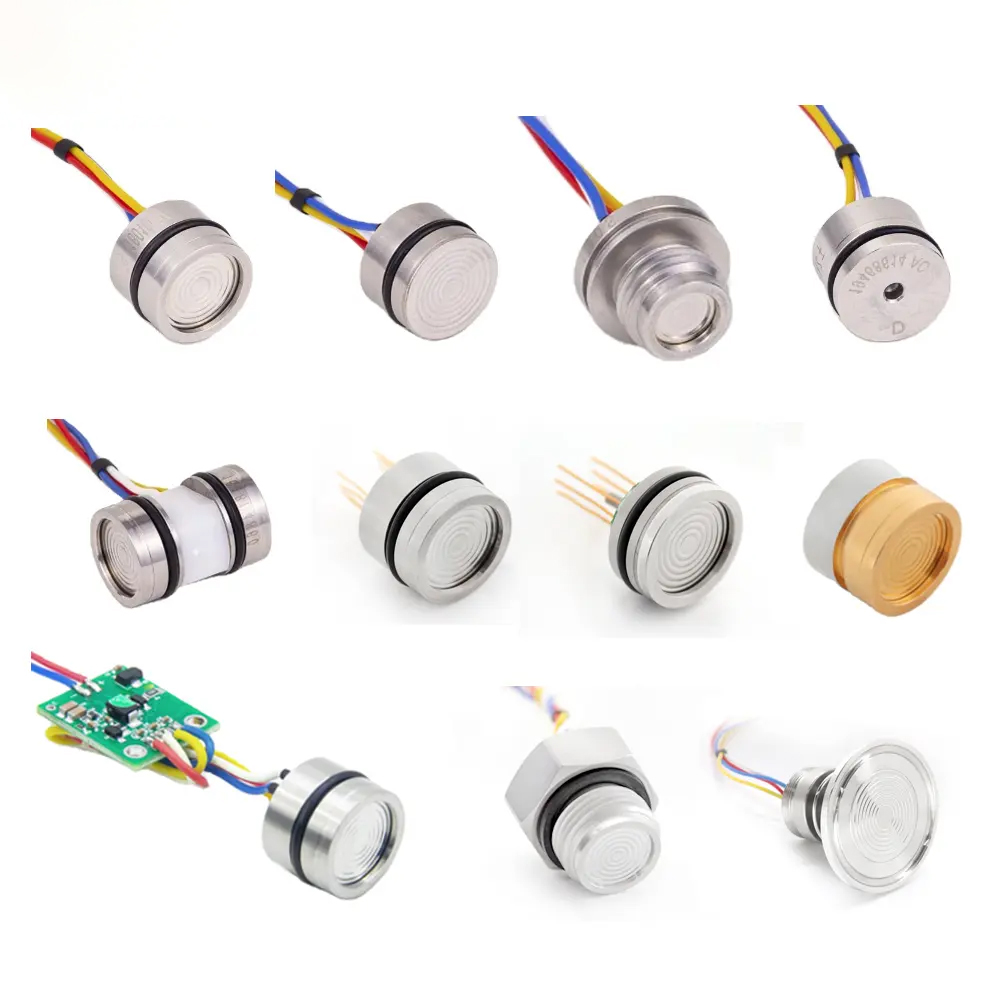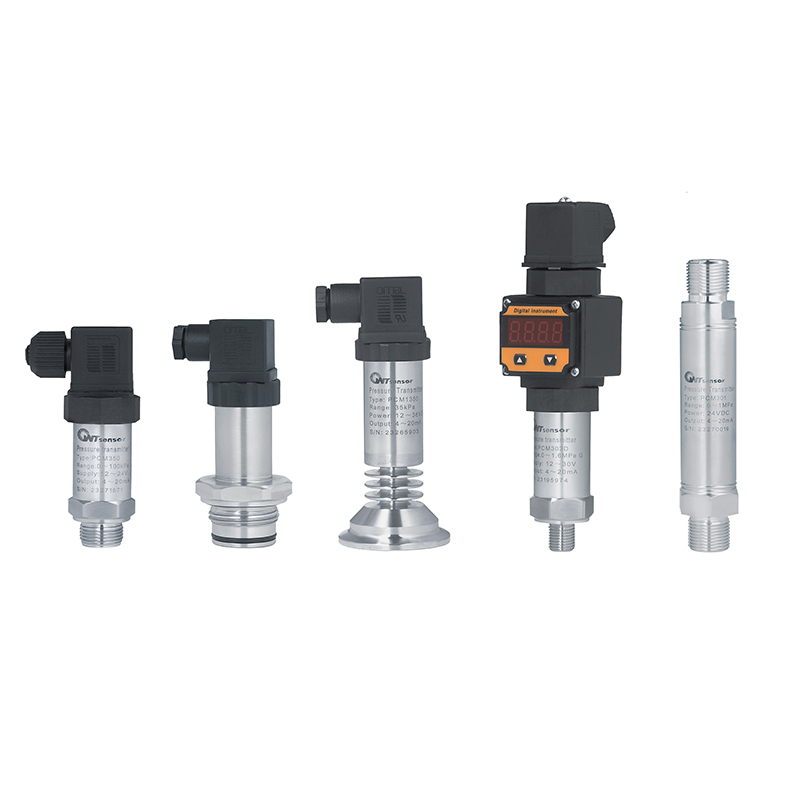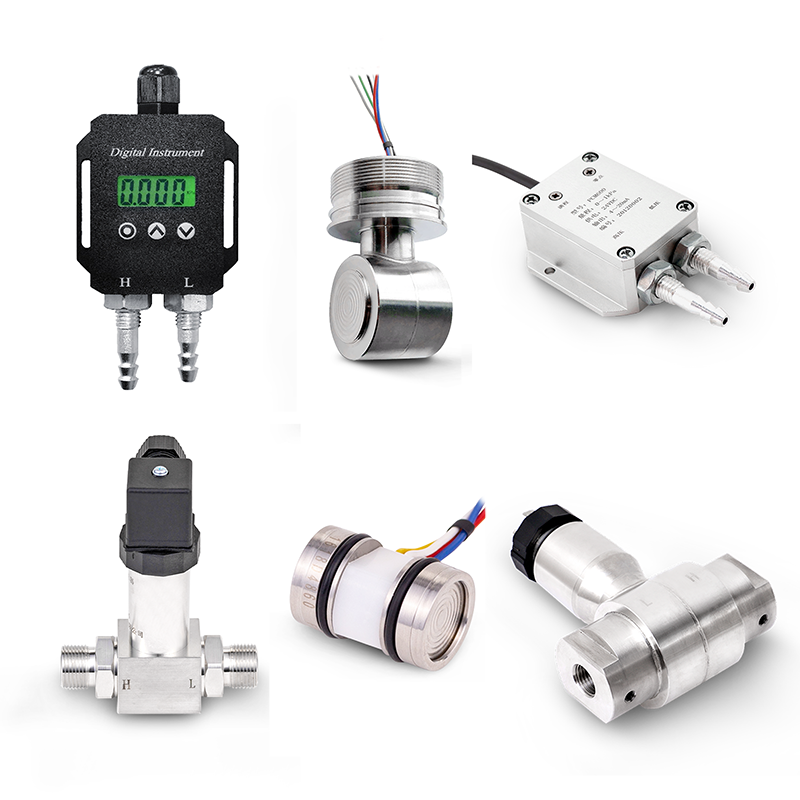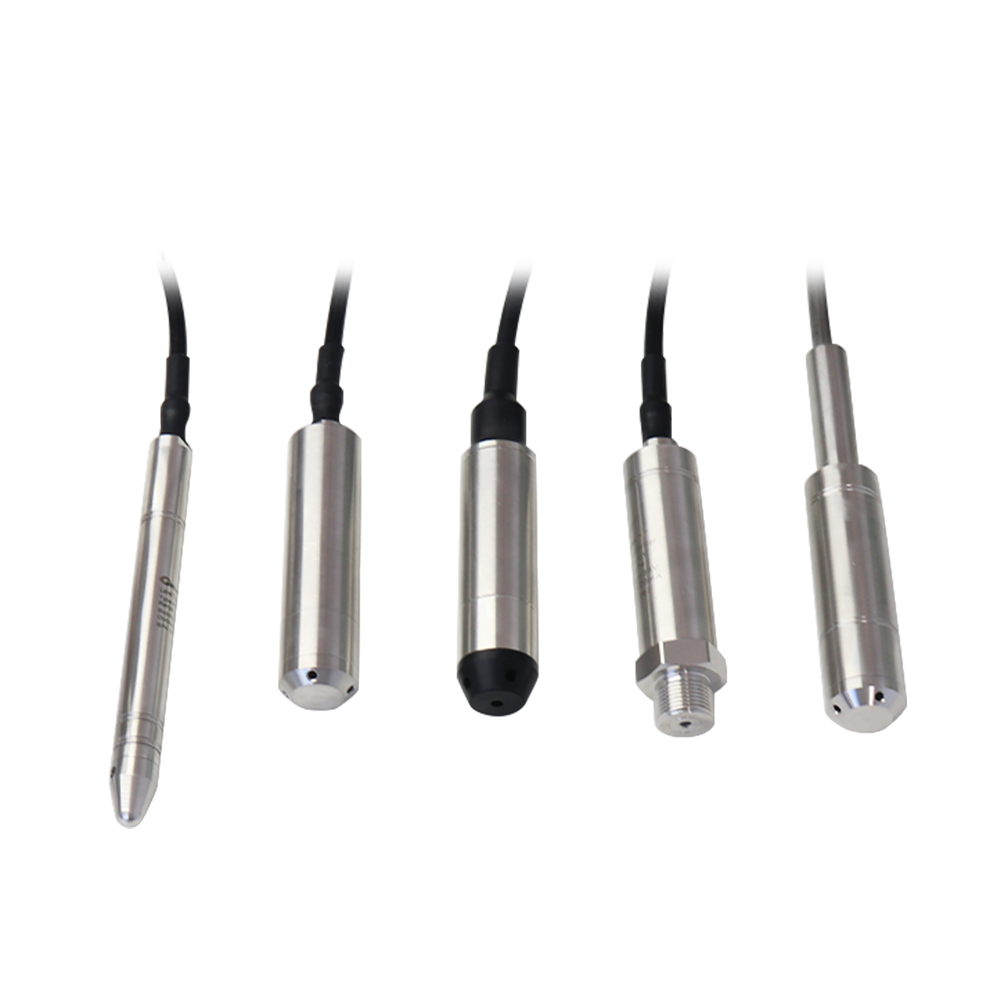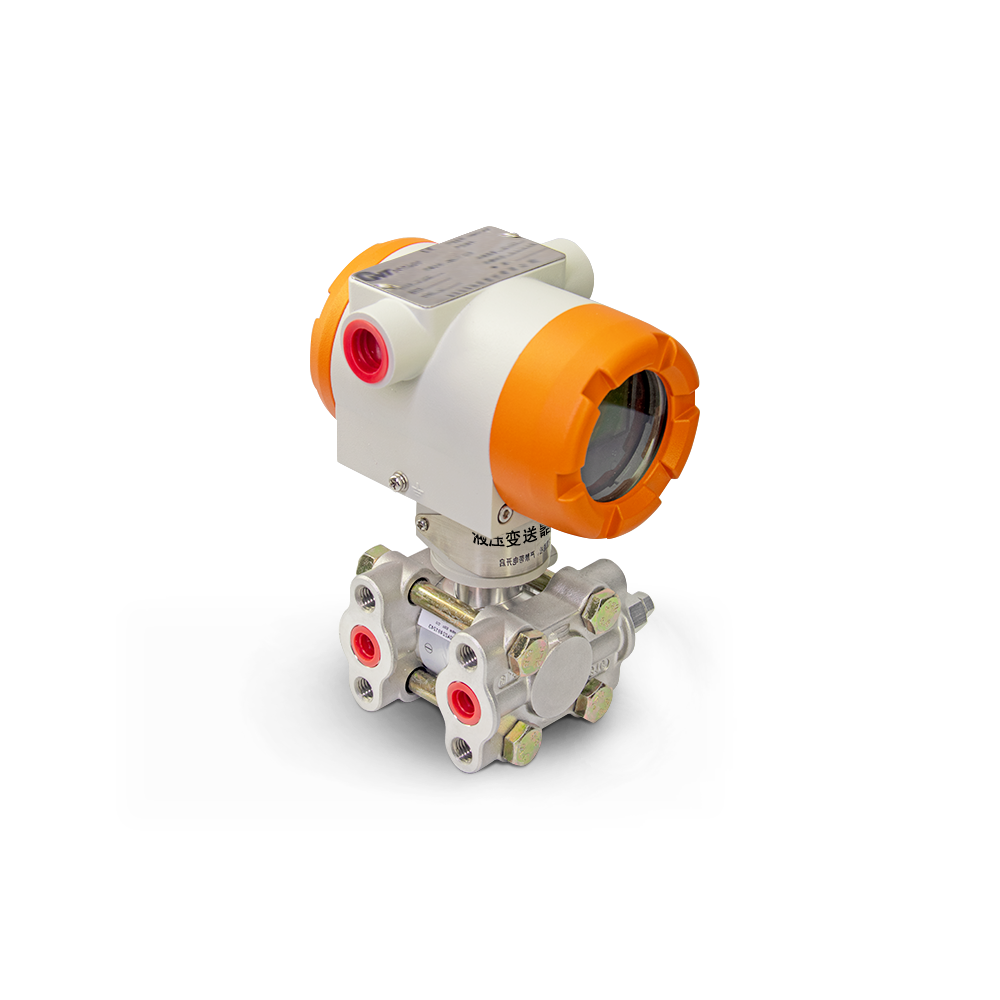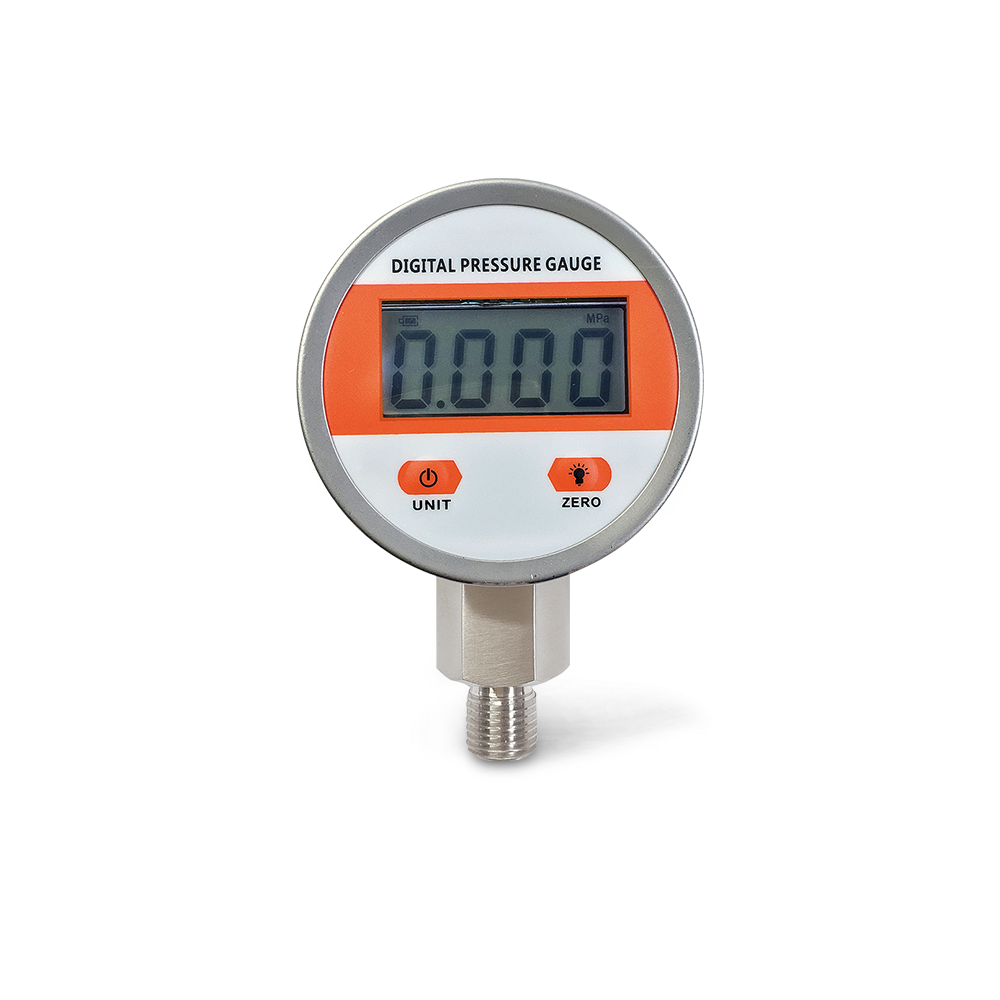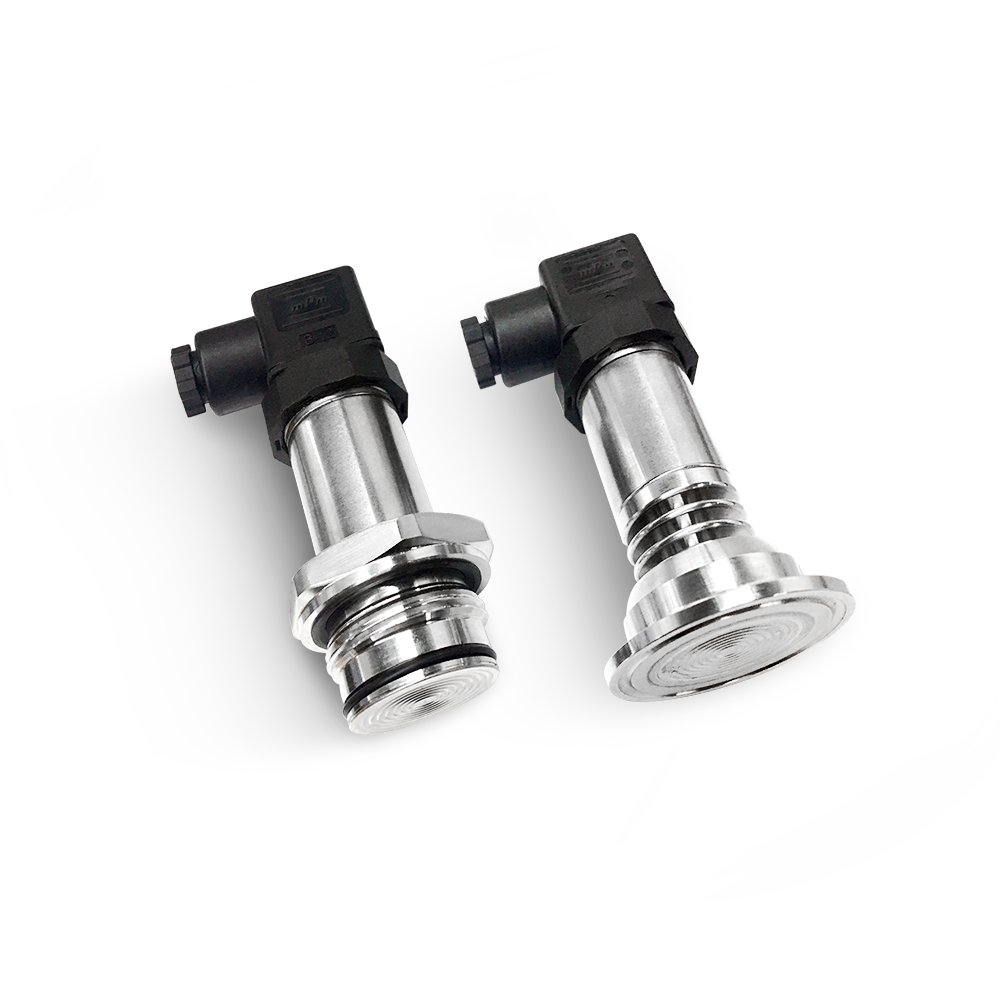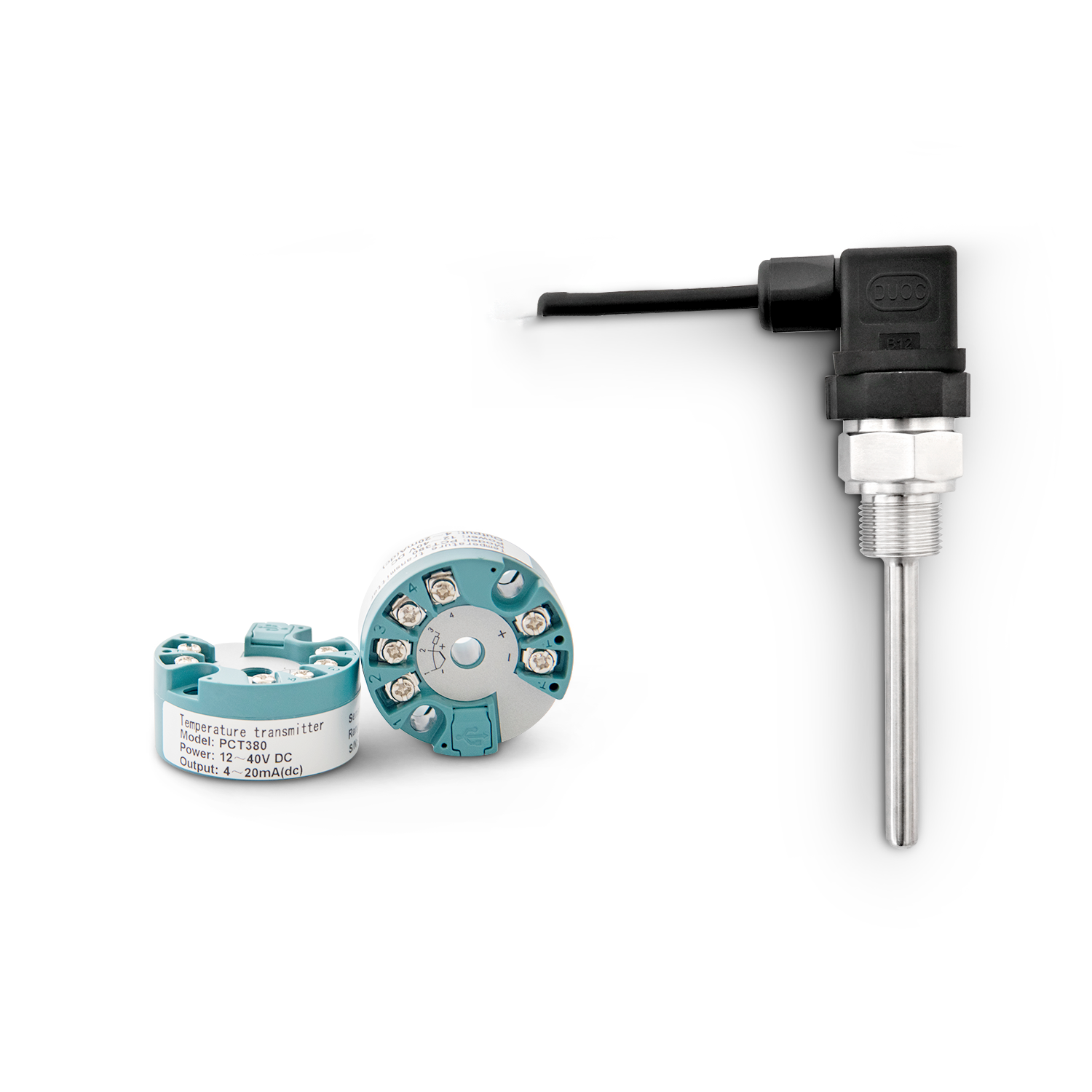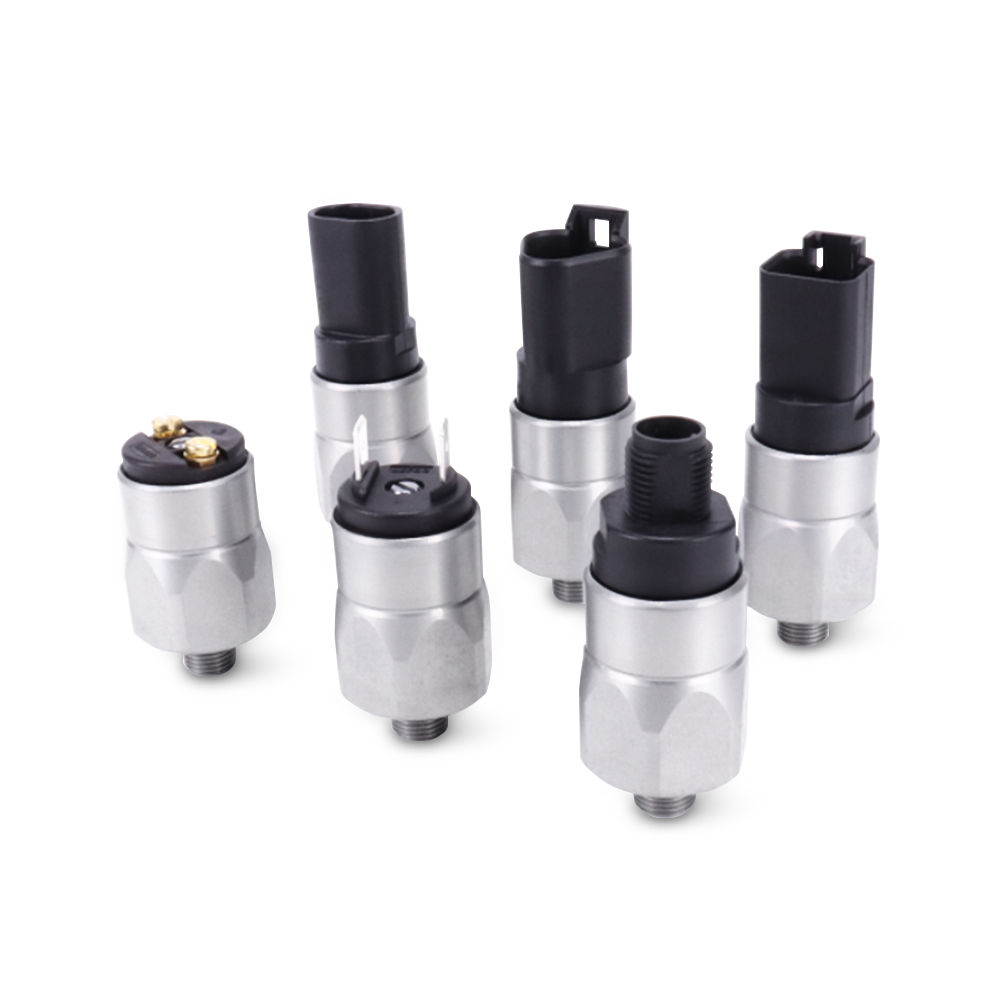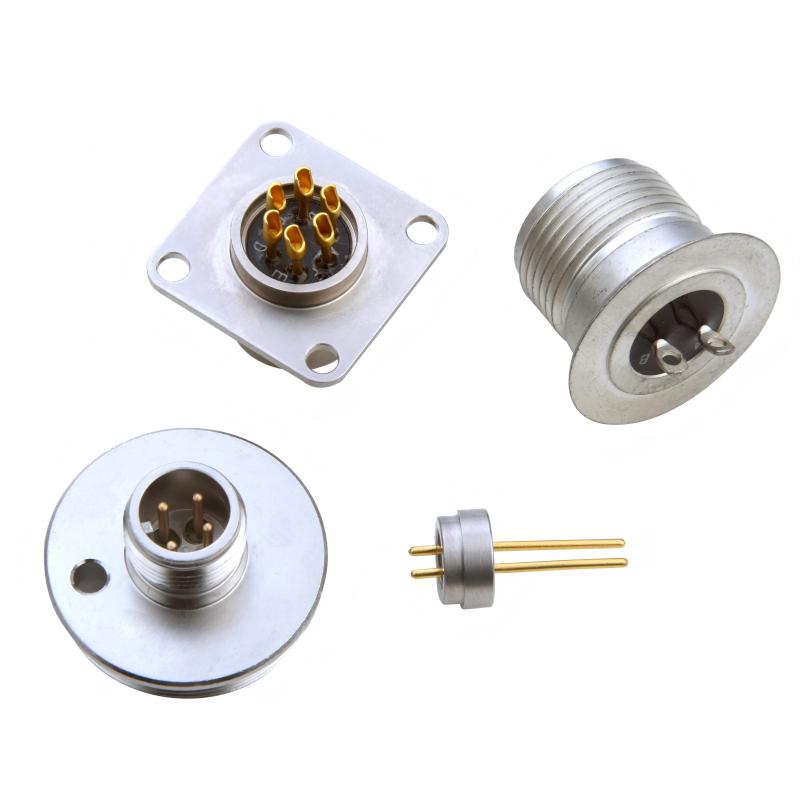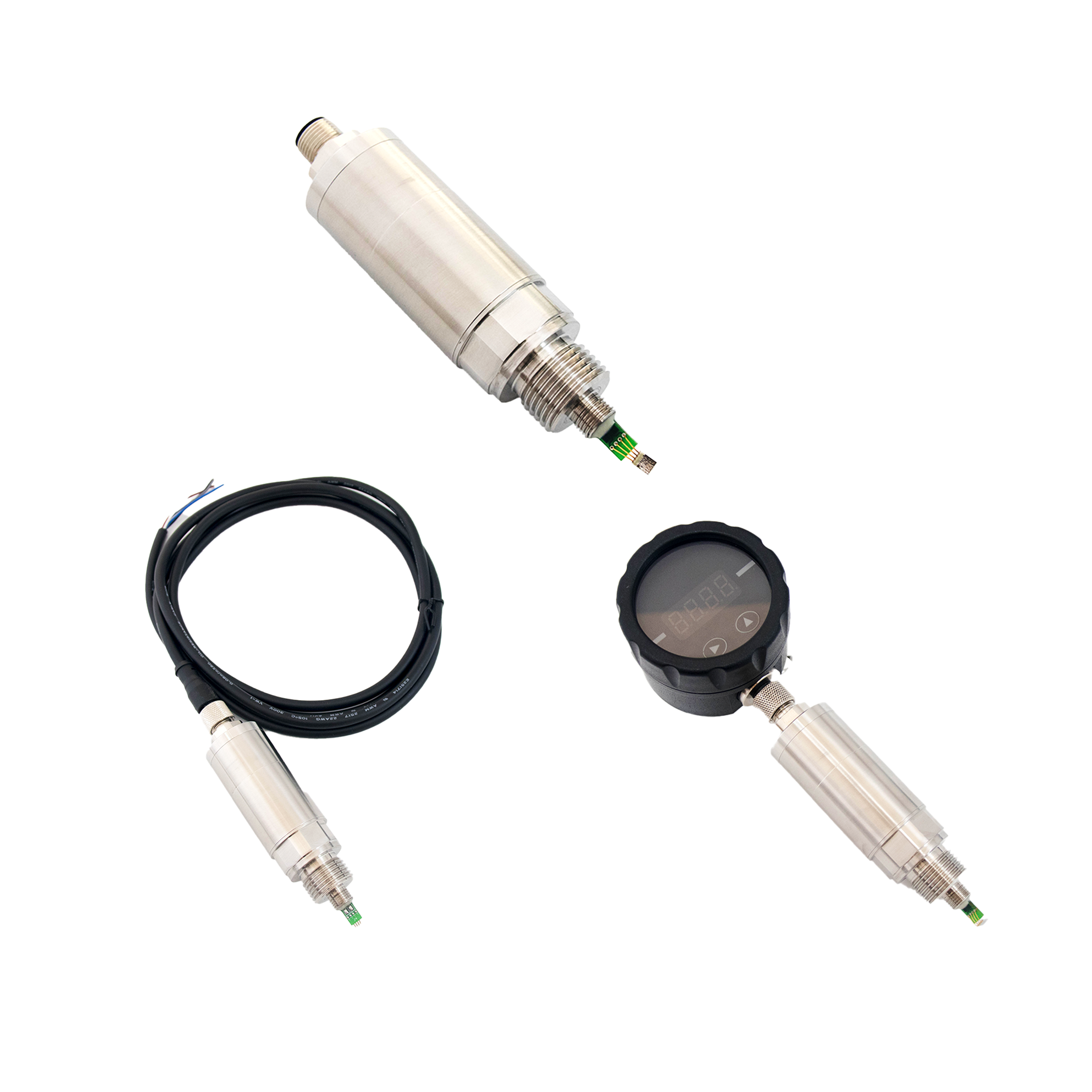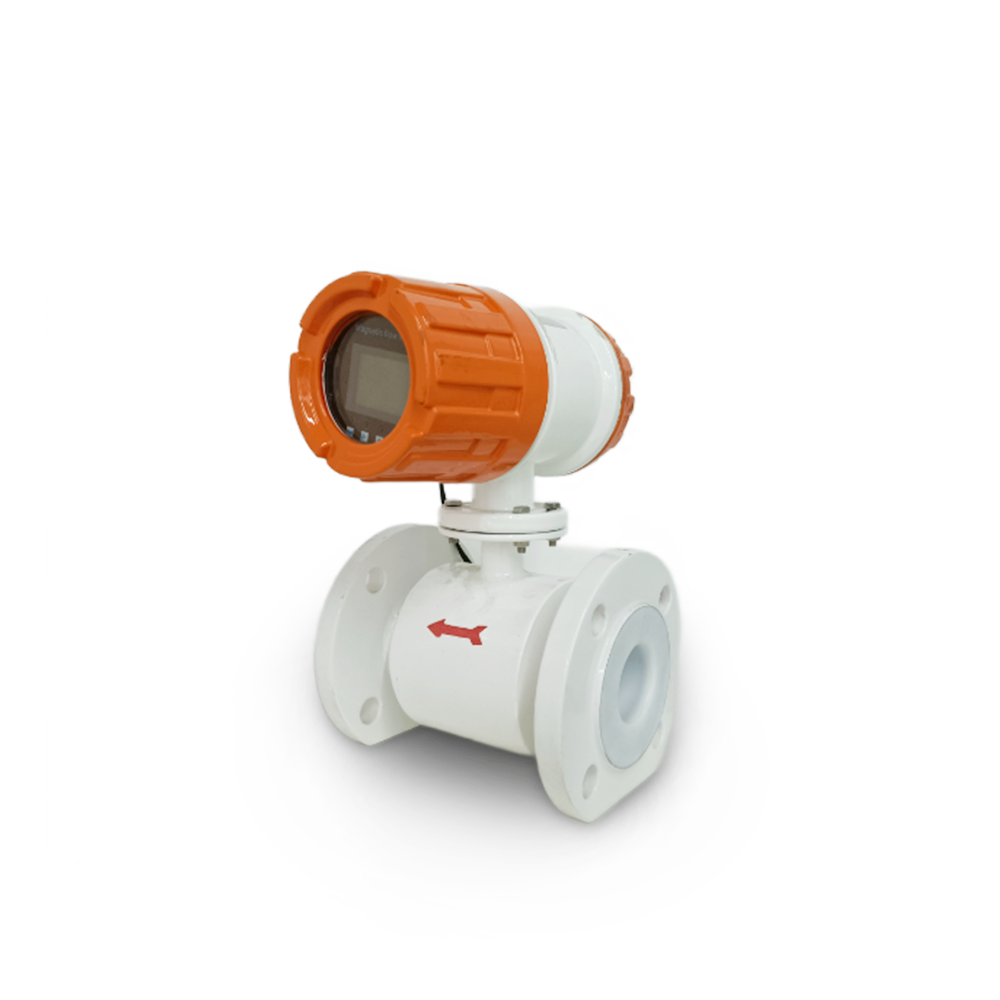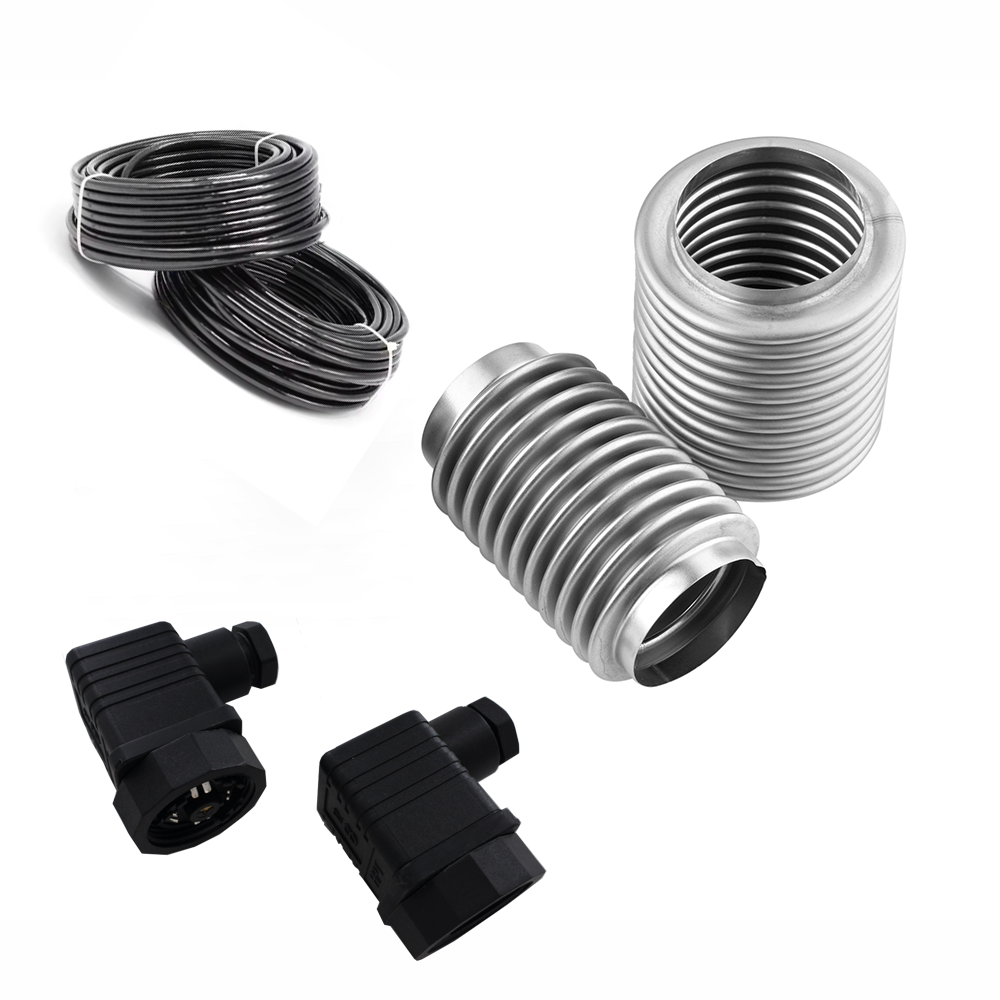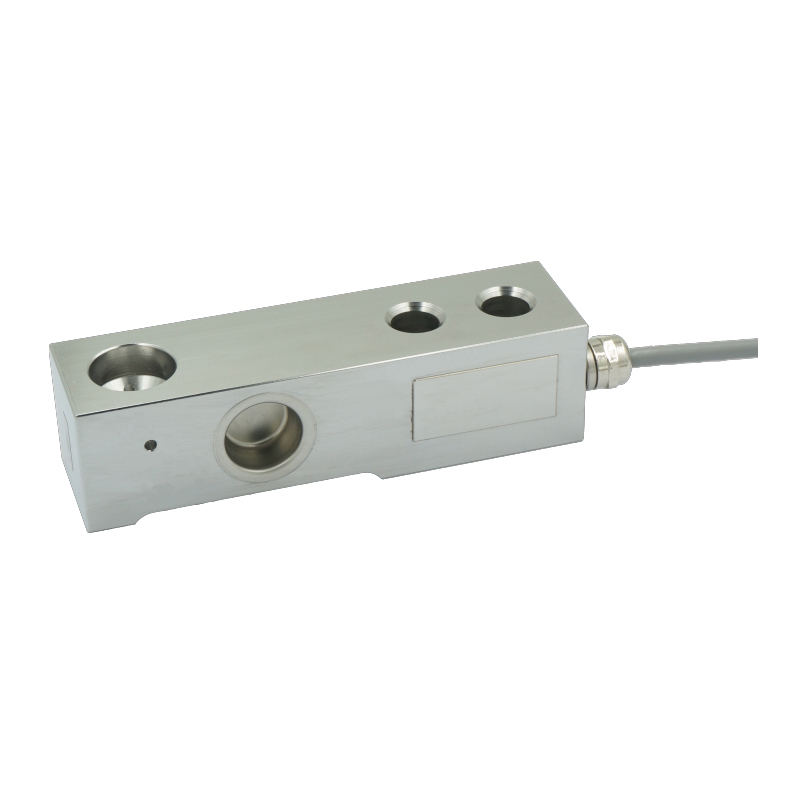Coffee and Milk Frothing Machines with the PCM10 Intelligent Pressure Sensor
From: Issued date 2025.05.30 Back
In the world of specialty beverages, precision and consistency are not optional—they are expected. Whether brewing espresso or frothing milk, professional and consumer-grade coffee machines rely heavily on accurate pressure control to deliver the perfect cup. One of the critical components enabling this functionality is the pressure sensor. Among the various sensors available, the PCM10 intelligent pressure sensor stands out as a reliable and high-performance solution designed specifically for low-pressure, high-accuracy applications. With its compact structure, digital output capability, and excellent thermal compensation, the PCM10 is redefining the technological standards in modern coffee machines and milk frothing devices.
Industry Background: The Importance of Pressure Control in Beverage Equipment
Brewing high-quality espresso involves forcing hot water through finely-ground coffee under controlled pressure—typically around 9 bar (900 kPa). Meanwhile, milk frothing requires managing lower steam pressures in a consistent and safe manner. Precise pressure regulation ensures:
✔Stable flow rates
✔Consistent taste and aroma
✔Optimized steam production
✔Safety and energy efficiency
Traditional mechanical sensors or basic analog sensors often fall short in providing the necessary accuracy, stability, or digital integration features demanded by modern appliance manufacturers. This creates a growing demand for intelligent pressure sensing solutions like the PCM10 that can fulfill both technical and consumer performance expectations.
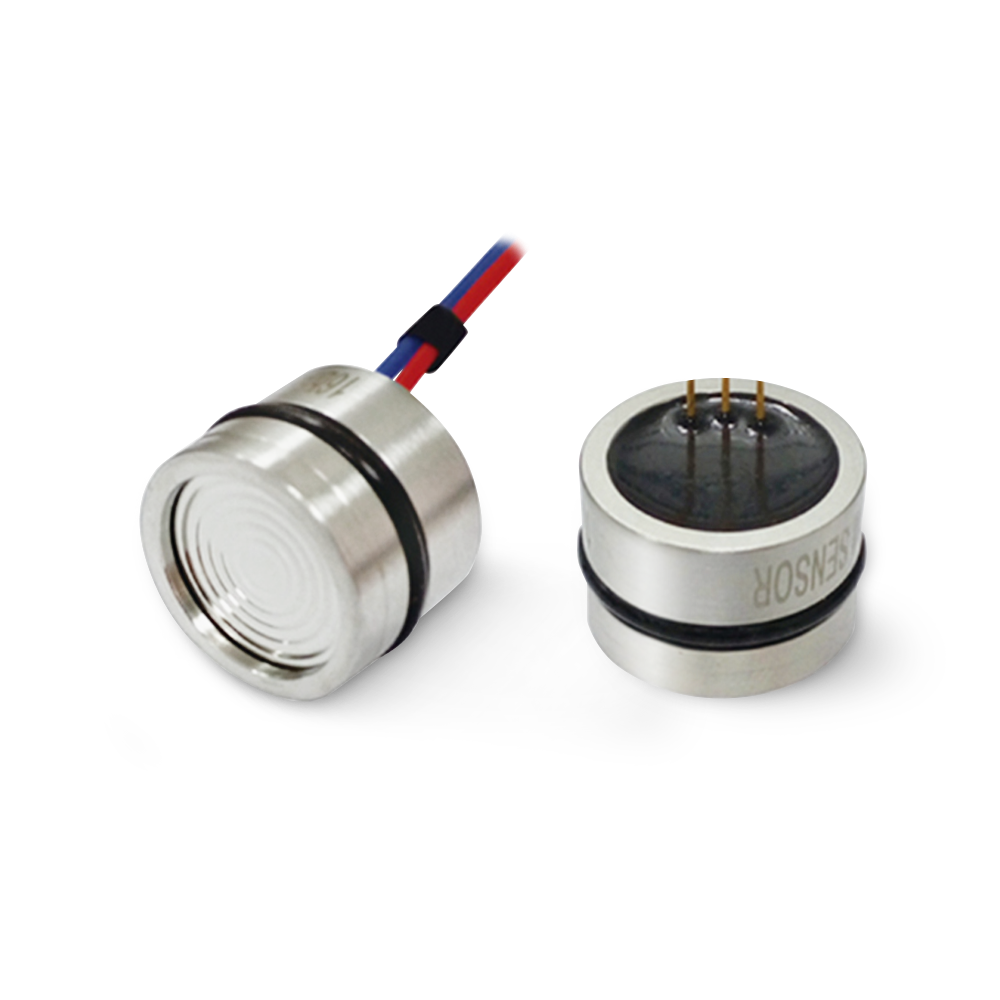
Product Overview: What Makes PCM10 Ideal for Coffee and Frothing Machines
The PCM10 intelligent pressure sensor is engineered for applications where both low-pressure sensitivity and high reliability are essential. Built on proven silicon piezoresistive sensing technology, the PCM10 is equipped with an Application Specific Integrated Circuit (ASIC) for precise digital temperature compensation and factory calibration. Its support for both analog (0.5–4.5V ratiometric) and digital (I²C interface) outputs offers system designers the flexibility to integrate the sensor into a wide range of control architectures.
Key Technical Features:
Pressure Range: 0–35 kPa up to 6 MPa, suitable for steam and pump control in coffee appliances
Signal Output: 0.5–4.5V ratiometric or I²C digital signal for flexible communication with control boards
Temperature Compensation: Wide temperature range (0–60℃ for <100 kPa; -20–85℃ for higher ranges)
Compact Design: Integrated structure and small footprint (19–25g)
Durability: Rated for over 1 million pressure cycles
Media Compatibility: All liquids and gases compatible with 316L stainless steel
These features make the PCM10 a best-in-class component for dynamic coffee applications where quick response time (≤50 ms), digital feedback, and long-term reliability are essential.
Application in Coffee Machines
In espresso coffee machines, the pressure sensor is responsible for controlling the pressure exerted by the pump that pushes hot water through the coffee grounds. Maintaining a precise pressure of 9 bar is crucial for achieving optimal flavor extraction. The PCM10 offers:
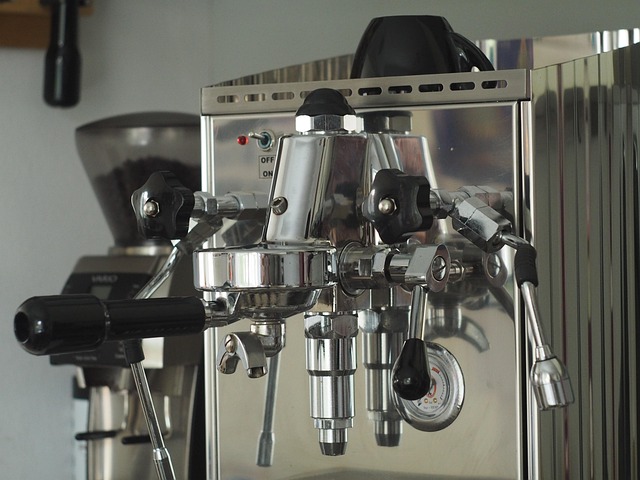
Precise Pump Control: With its ASIC calibration and high-resolution output, the PCM10 allows real-time monitoring and feedback, ensuring pump pressure remains within optimal range.
Digital Interface (I²C): Enables direct communication with microcontrollers for advanced algorithmic control, such as automatic brewing profiles and PID pressure control.
Thermal Compensation: Since brewing involves exposure to elevated temperatures, PCM10’s wide operating and compensation range ensures reliable readings even in thermally dynamic environments.
Example Integration:
A premium home espresso machine can use the PCM10 to feed real-time pressure data to a control unit that dynamically adjusts pump speed. This improves not only brew quality but also energy efficiency and user customization features.
Application in Milk Frothing Systems

Milk frothing uses steam pressure to aerate and heat milk. A stable, low-to-mid pressure steam environment is essential to produce microfoam with the right texture for lattes and cappuccinos.
Challenges in Frothing Applications:
Managing pressure build-up in the boiler
Ensuring safety by preventing overpressure
Maintaining consistent frothing temperature and texture
PCM10 Benefits for Frothing:
Low Pressure Sensitivity: With a pressure range starting at 35 kPa, the PCM10 can accurately monitor even low steam pressure levels.
Fast Response Time: A response time of ≤50 ms allows for real-time pressure regulation, ensuring consistent steam delivery.
Compact and Durable: Fits into tight installation spaces within frothing modules without compromising robustness, with a lifespan rated for over 1 million cycles.
Example Integration:
A milk frothing system with PCM10 integrated into the steam control loop can maintain an optimal pressure range of 1.2 to 1.5 bar, ensuring perfect froth consistency without over-aerating or overheating the milk.
Design and Installation Flexibility
Another major advantage of the PCM10 is its small form factor and flexible installation options. Its stainless steel 316L housing and O-ring sealing (NBR or fluorine rubber) ensure compatibility with water, steam, and cleaning chemicals used in coffee appliances.
Sealing and Safety
The O-ring seal ensures leak-proof integration into boiler chambers or pump manifolds, contributing to the safety and reliability of the entire appliance.
Power Efficiency
Designed for low-power operation, the PCM10 supports battery-operated systems and contributes to the overall energy efficiency of modern machines—an essential feature for eco-friendly appliance designs.
Compliance, Quality, and Maintenance
Consumer appliance manufacturers must meet stringent safety and performance standards. With insulation resistance >200MΩ and resistance to mechanical vibration (20g) and shock (100g/10ms), the PCM10 is well-suited for certification in various international markets.
Maintenance-Free Operation:
Thanks to its solid-state design and long durability rating, the PCM10 sensor requires no regular maintenance, making it ideal for appliances meant for both home and commercial environments.
Competitive Advantages of PCM10 in Beverage Equipment
Advanced Smart Sensor: Unlike traditional analog-only sensors, the PCM10 combines smart calibration with digital interface options.
Enhanced Product Lifespan: Robust materials and solid-state design support long-term usage with minimal drift.
Ease of Integration: Ready-to-use signal outputs reduce development time and simplify embedded programming.
User Experience Improvement: Supports consistent beverage quality and intelligent feedback systems, enhancing customer satisfaction.
As coffee machines and milk frothing systems continue to evolve toward greater precision, automation, and user customization, the role of smart sensors becomes increasingly critical. The PCM10 intelligent pressure sensor stands as a highly suitable solution that combines intelligent calibration, digital output, and rugged durability in a compact form factor. Whether you're designing a high-end espresso machine, a smart milk frother, or an integrated beverage station, the PCM10 provides the performance and flexibility needed to stay ahead in a competitive market.
By leveraging the PCM10 sensor, manufacturers can deliver beverage equipment that meets modern consumer expectations for taste, reliability, and convenience—one perfect cup at a time.

